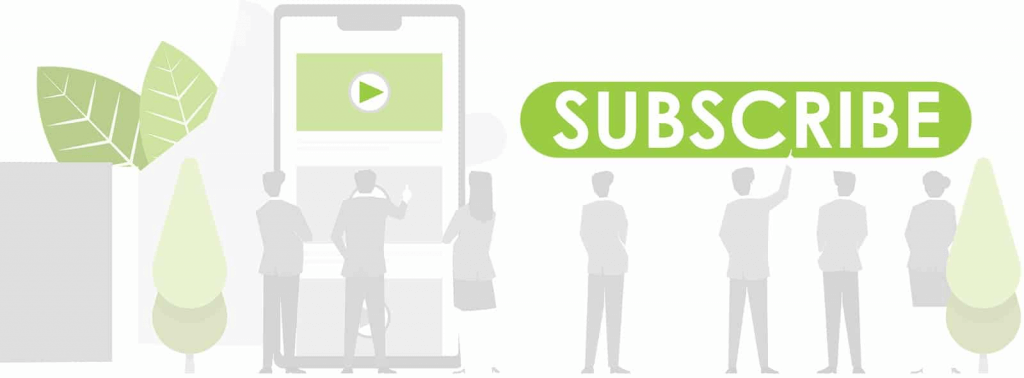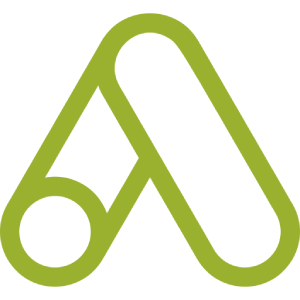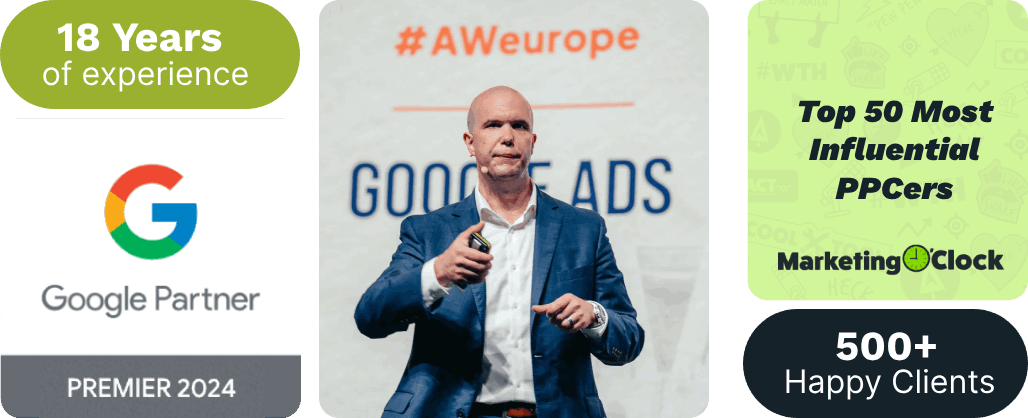Automated email sequences are an excellent way to communicate with prospective customers and nurture leads for your eCommerce business.
In this video, Solutions 8 Client Manager Andrew Benteau shares the tools and strategies he uses for his personal publishing business to consistently engage with his target audience, build connections, and get people excited about his products.
Table of contents
Tip #1: Choose the right email platform.
Andrew says Klaviyo is one of the best platforms for email sequencing and automation. However, for business owners with smaller budgets, he recommends using MailerLite.
“It’s a really great software; it’s very clean, responsive, and easy to use.”
Tip #2: Deliver value.
He says all the great advertisers, including Gary Vaynerchuk and Alex Hormozi, have similar advice, which is to “give, give, give, and then ask.” Basically, the key to effective advertising is to give a lot more value than you are asking for.
So, in terms of putting together your email sequences, he recommends using a 4:1 ratio. That means for every four emails you are sending that provide value to a potential customer, you send one in which you are asking them for value in return—for example a request for information or a prompt to purchase.

Andrew then shows us the lead magnet he uses on his website, which prompts people to subscribe to the newsletter and lets them know they will receive a free, personalized graphic novel by providing their name and email.
If you’re not ready for paid advertising, he says, putting your lead magnet right on your website is a great alternative. In this case, the prospect of getting their very own graphic novel gets visitors excited and creates an initial connection.
Tip #3: Tie in your content.
There are so many ways to boost engagement and build a connection with your audience, and creating relevant content is one of them.
Andrew explains how he will often create blog posts that are related to their products to get people interested in the topic and encourage them to explore more. He uses the example of a blog they created about Al Capone, which often attracts people who are curious about the infamous gangster.
Then, when they go to exit the blog, readers will be shown a pop-up asking if they want to read the first chapter of this original graphic novel, which is available on the Black Panel Press website.

Bonus pro tip! Funny enough, says Andrew, statistics from OptinMonster (lead gen software) suggest that people who answer a simple yes or no question before they sign up with their email address are more likely to complete the opt-in process—all the more reason to pay attention to the language you use. (And don’t forget to add a Meta Pixel or Google Ads conversion tracking code to make sure you capture the lead.)
Put simply, offering additional relevant content (blogs, social posts, YouTube videos, etc.) is a great way to grow your email list quickly and organically, and less expensive than spending money on paid ads.
Tip #4: Lay out your email sequence thoughtfully.
Taking the time to engage with your email audience will help bring people closer to conversion, including asking them questions.
“One of the things about email I found really surprising is that people answer you as if you’ve emailed a friend asking them a question,” says Andrew. “And I love getting emails from subscribers and potential customers; there’s just so much value in their messages and so many ideas that they give me.”
He shares the example of a simple email he created for the Al Capone graphic novel, which includes a condition based on whether or not the email viewer has clicked on the free chapter pop-up. If not, Andrew has created two timed email reminders to further nudge them toward conversion.
To keep their interest piqued, he continues adding value.
In one email, he shares the story of his own grandfather, a rum smuggler who lived in an area of Canada frequented by Capone, who had his boat confiscated by police.
In another, he shares a handful of reviews and excerpts from the book, and in another, he offers information about the authors, including a video interview; he then encourages readers to follow them on social media. Still another email includes a video that provides an inside look at the illustration process.
Finally, Andrew delivers an offer.

In this case, because the offer includes the book PLUS two special bonus gifts (a bookmark and signed bookplate), he adds a three-day countdown timer to create a sense of urgency. He also points out the importance of A/B testing different subject lines.
With email marketing, says Andrew, you always want to be testing. This will help you determine which subject line garners more clicks—information that can then be used to help you to create more high-performing email campaigns in the future.
Tip #5: Offer similar items they might want.
For example, if someone purchased a book about Al Capone, what are the chances of them buying another book about gangsters?
Probably pretty good, Andrew explains.
That’s the beauty of automated email sequences: You get to know more about your audience, their interests, and what they are likely to purchase. And, since you have their email information now, you can continue engaging and offering value in the hopes of turning them into a lifetime customer.
The takeaway
In a nutshell, concludes Andrew, if you think about automated email sequences as a system that you are going to be able to leave running for a very long period of time, their benefit as a cost-effective marketing tool is undeniable.
The campaign stays evergreen because the sequence begins whenever someone clicks and the landing page loads. From there, he says, it’s just a matter of making small tweaks over time to optimize the performance and improve the conversion rate.
Keep an eye on our blog for more essential marketing tips!
Author
Pamela is the Senior Content Writer at Solutions 8. When she's not writing, you can find her hiking in the woods with her dogs. She is currently on a quest to visit every national park in the United States.
 Pamela Sapio
Pamela Sapio











